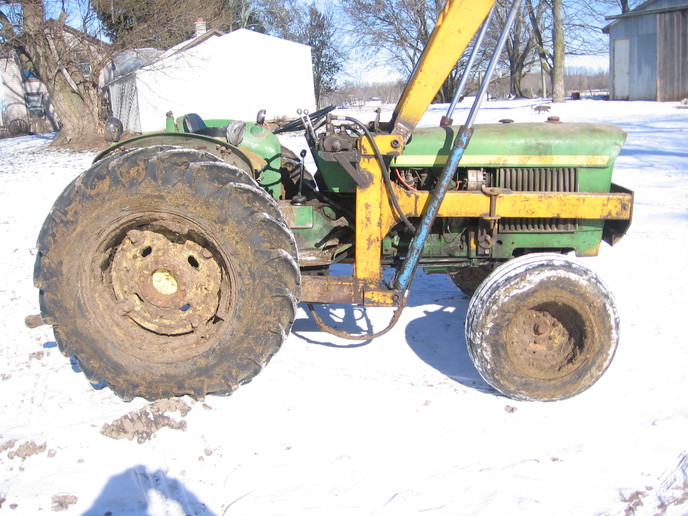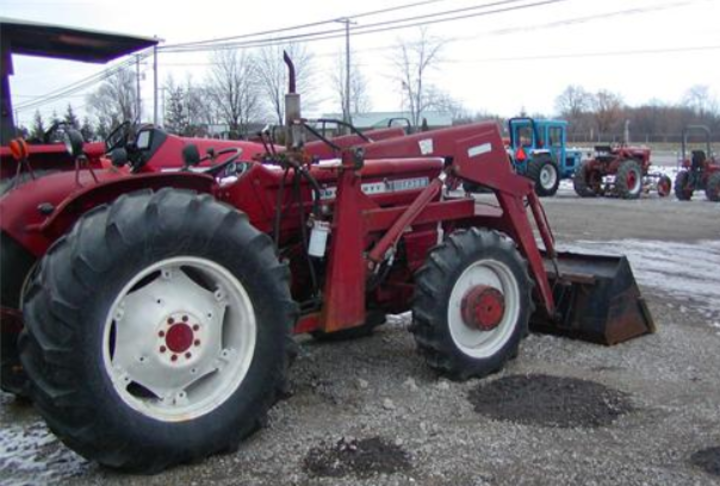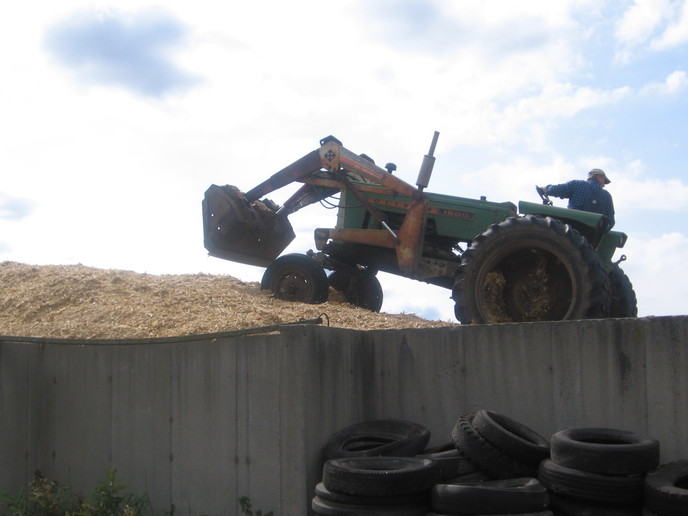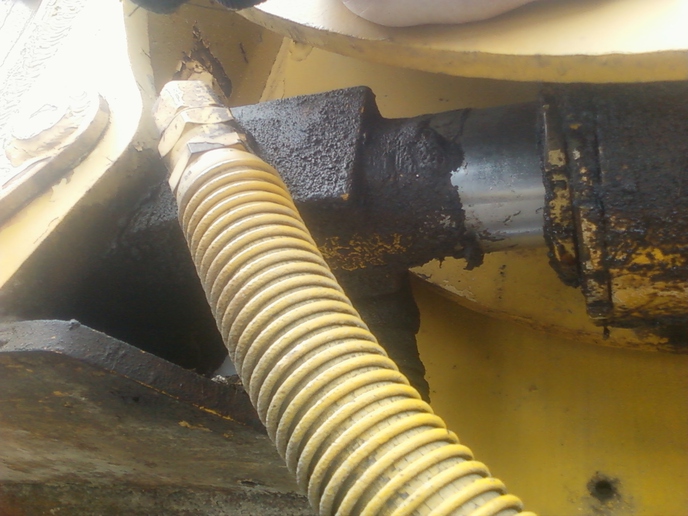Fritz Maurer
Well-known Member
Why are the boom cylinders on farm loaders, of all makes, upside down? On loaders that are actually expected lift something, such as a Ford 4500, the cylinders are right side up. There must be a sane reason they run all that extra hose and tubing down the boom to get to the barrel end of the cylinder, everybody does it. These are mostly quick-attachable loaders, but I don't see what that has to do with it. All 3 pieces stay together (boom, cylinders, and loader frame) it would be just as easy for the plumbing to take a shortcut down the loader frame as it would to run all that stuff across the boom hinge. Thanks, Fritz





